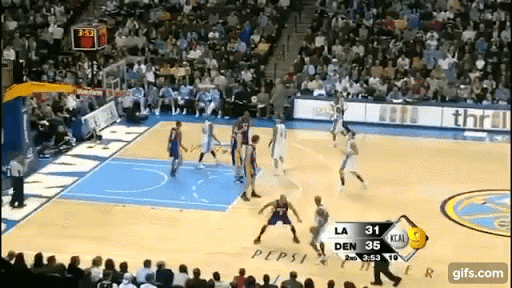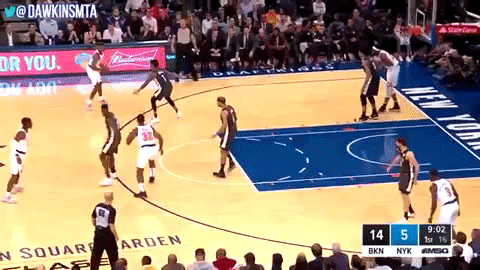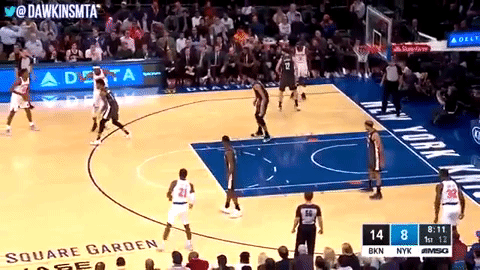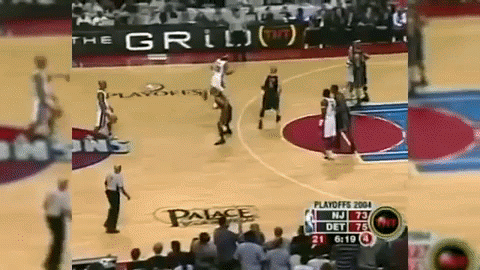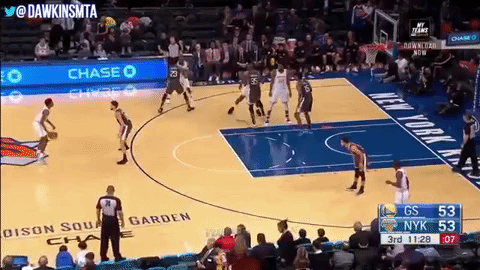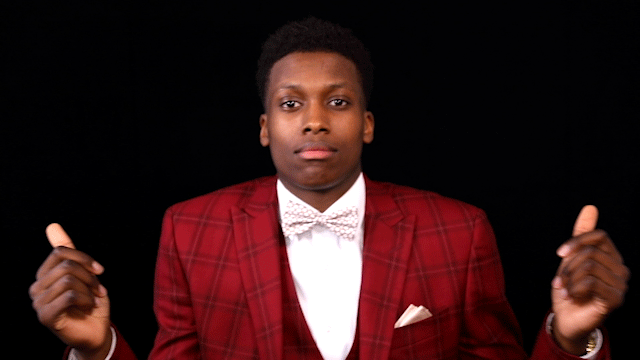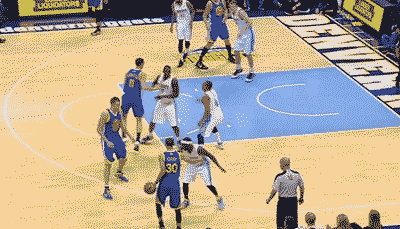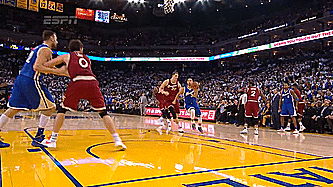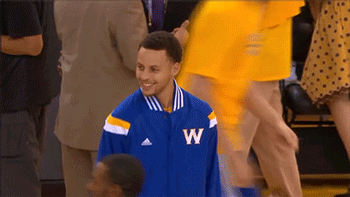The cryptic message came from a friend in a group chat before I received any ESPN updates. “OH NO. 4 years $71 mill. How the fuck does that happen?” Before I had time to respond, the phone buzzed with a notification naming the who and the how. “Ah shit.” I say, “Atlanta isn’t matching this.”
***
The first signing of the Steve Mills era was at best, an ill-advised leap of faith on a player he once drafted; at worst, a disaster waiting to happen. A non-tradable, cap-handcuffing, Joakim-Noah-sized disaster for a team that would hope to bring in top tier free agents to play alongside their prized unicorn in the coming offseasons. Tuesday night marked the 16th month since that offer sheet was signed by Hardaway and to the fans hopeful of a Kevin Durant or Kyrie Irving acquisition this summer, it’s an albatross hanging over the neck of this franchise. One that will remain for years to come if the Knicks come up empty this summer. However, the player that teammates call “Angry Grandpa” has been given an opportunity to lead a young Knicks roster (they just started their youngest lineup in franchise history last week) and it has provided a chance to live up to that contract.
According to Sportrac, Tim Hardaway is currently the 14th highest paid shooting guard in the NBA. Of the 13 players ahead of him, 6 of them have been all stars, 5 are regular starters and 2 of them are Allen Crabbe and Tyler Johnson. Eliminating the all stars from the equation – and Crabbe and Johnson – the best comparisons for Hardaway right now are CJ McCollum, Nicolas Batum, Zach Lavine, Wesley Matthews, and Kent Bazemore. Each player’s salary is in the range of 18 to 26 million dollars this year and make up 17.6-25.5% of the NBA salary cap. So far this season, Hardaway ranks 2nd in scoring, 2nd in 3-pt %, 3rd in assists, 1st in FT %, 2nd in FT attempts, 2nd in PER, and 3rd in VORP among these 6 players. He has the 2nd highest usage rate and has still been just as efficient as any other in this group. Hardaway leads in OBPM with almost double CJ McCollum who ranks 2nd. Overall, Hardaway’s production has been comparable to McCollum, who has a good reputation around the league as the 2nd option for a playoff team in the West.
Obviously, the difference in situations between McCollum and Hardaway can be a big indicator in overall production and there is no telling what CJ could do in Hardaway’s role, especially with the support from Fizdale to take on the bulk of the scoring load. But, the numbers so far do lead to an interesting thought experiment on what Hardaway could be for a contender. I have always envisioned Hardaway as a player perfectly suited as the first man off the bench on a playoff team. A Jamal Crawford or JR Smith type, who comes in and torches team’s 2nd units and provides a jolt of energy. Last year, he played 2nd fiddle to Porzingis with mixed results. He struggled to stay healthy, missing the entire month of December, but was a big part of the team’s solid start, averaging 19.2 ppg on 44% shooting from October 27th to December 1st; A stretch in which the Knicks were 11-7 and Porzingis looked like a bona fide MVP candidate. When he returned on January 12th, the two played 10 more games together before the ACL injury. From then on, Hardaway struggled mightily as the first option, averaging 18.5 points on 43% shooting and an abysmal 31% from 3. However, what Hardaway has shown this year in a small sample size leads me to believe that the early season results in a healthy combination with KP might be closer to the reality of his future than a brief flash in the pan.
In an unprecedentedly high usage, Hardaway has not only parlayed it into more points, but better playmaking, and higher scoring efficiency. Despite shooting only 41% from the field so far this season his true shooting % of 56% is consistent with the numbers posted in Atlanta in a significantly smaller role. The field goal percentage posted is also due for a bit of positive regression. Through 12 games this year Hardaway is shooting 56% on shots 0-3 feet from the basket and only 21% from 3-10 feet. These values are 9 and 10 points, respectively, below his career averages from these distances. It is reasonable to anticipate as the season goes on his field goal percentage on layups will experience some positive regression towards the mean which should give him a bit of a bump in efficiency with 15% of his shot attempts coming from here. However, I don’t expect the 3 point percentage to experience regression towards his career averages. So far this season Tim is shooting 44% from 3 on shots that NBA tracking data categorizes as “open” shots (closest defender 6 or more feet away) despite a career percentage just short of 40. Additionally, with Fizdale challenging Tim to take on more of a playmaking role to get teammates involved he has shown small, but noticeable, improvements in creating opportunities for his teammates, while maintaining his typically low turnover numbers. Posting career highs in assists per game and assist percentage while his turnover rate rests below his career average, Hardaway has rounded out his game on offense. Overall, this has led to a 6th best offensive rating for guards with a usage over 25. The 5 players ahead of him? Damian Lillard, Stephen Curry, Kemba Walker, DeMar DeRozan, and Kyrie Irving.

When Steve Mills extended that offer, he even admitted that Hardaway had work to do to earn the money. He tasked Hardaway with improving his game to make sure that he would live up to the demands of being a starting shooting guard in the NBA and the fans who will expect a lot from him based on that contract. Now in the early stages of year two of this deal, Hardaway has shown that he is absolutely returning the value, despite the struggles of these young Knicks. If he continues to play this well, there may even be a real trade market for him come February, specifically the Pelicans who can use scoring on the wing. And if that market never develops then the Knicks have their starting shooting guard for the next 2 years playing alongside a hopefully healthy Porzingis and the assortment of lottery picks they have and will continue to piece together. There are worse burdens for a franchise to carry.


